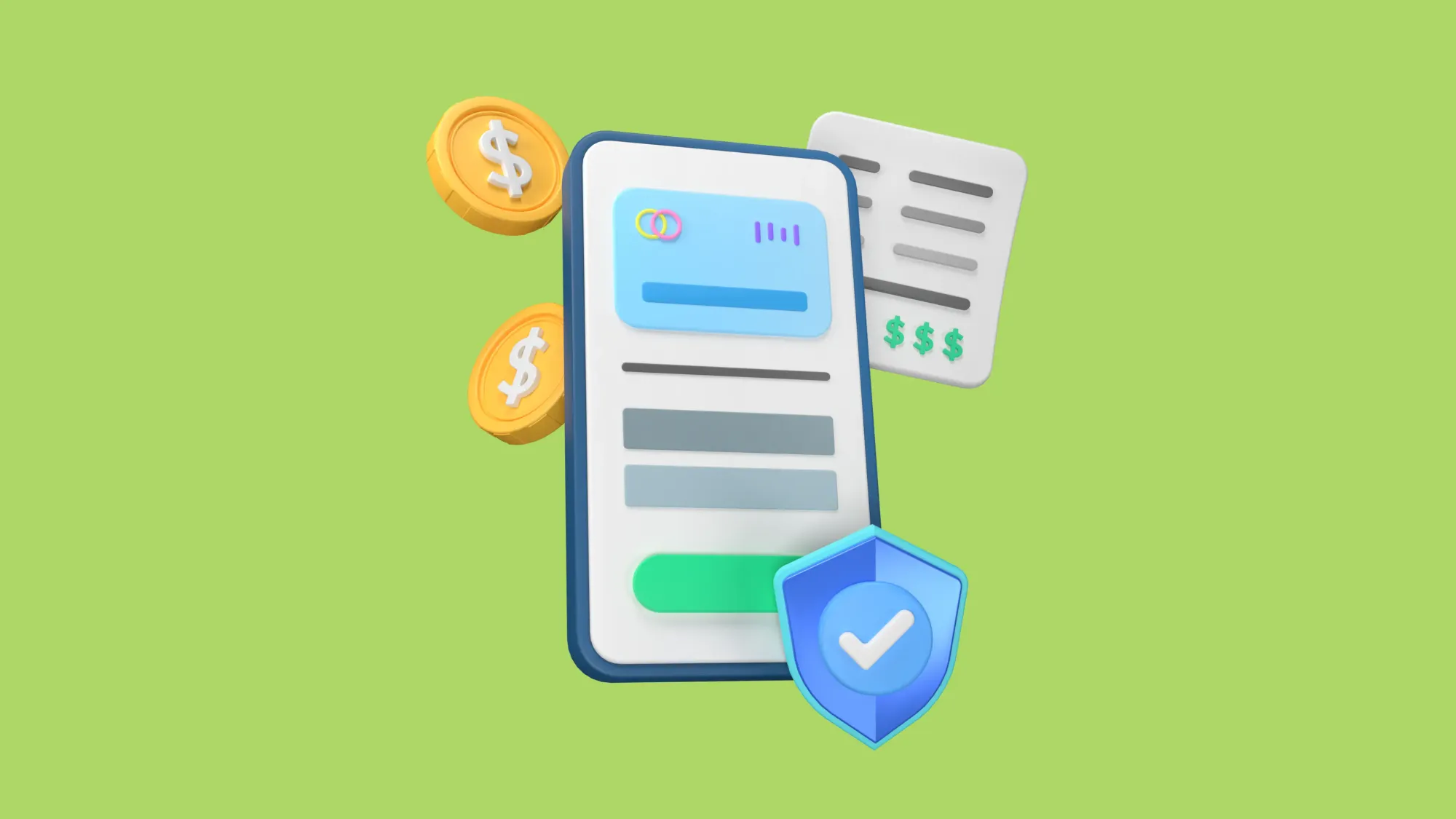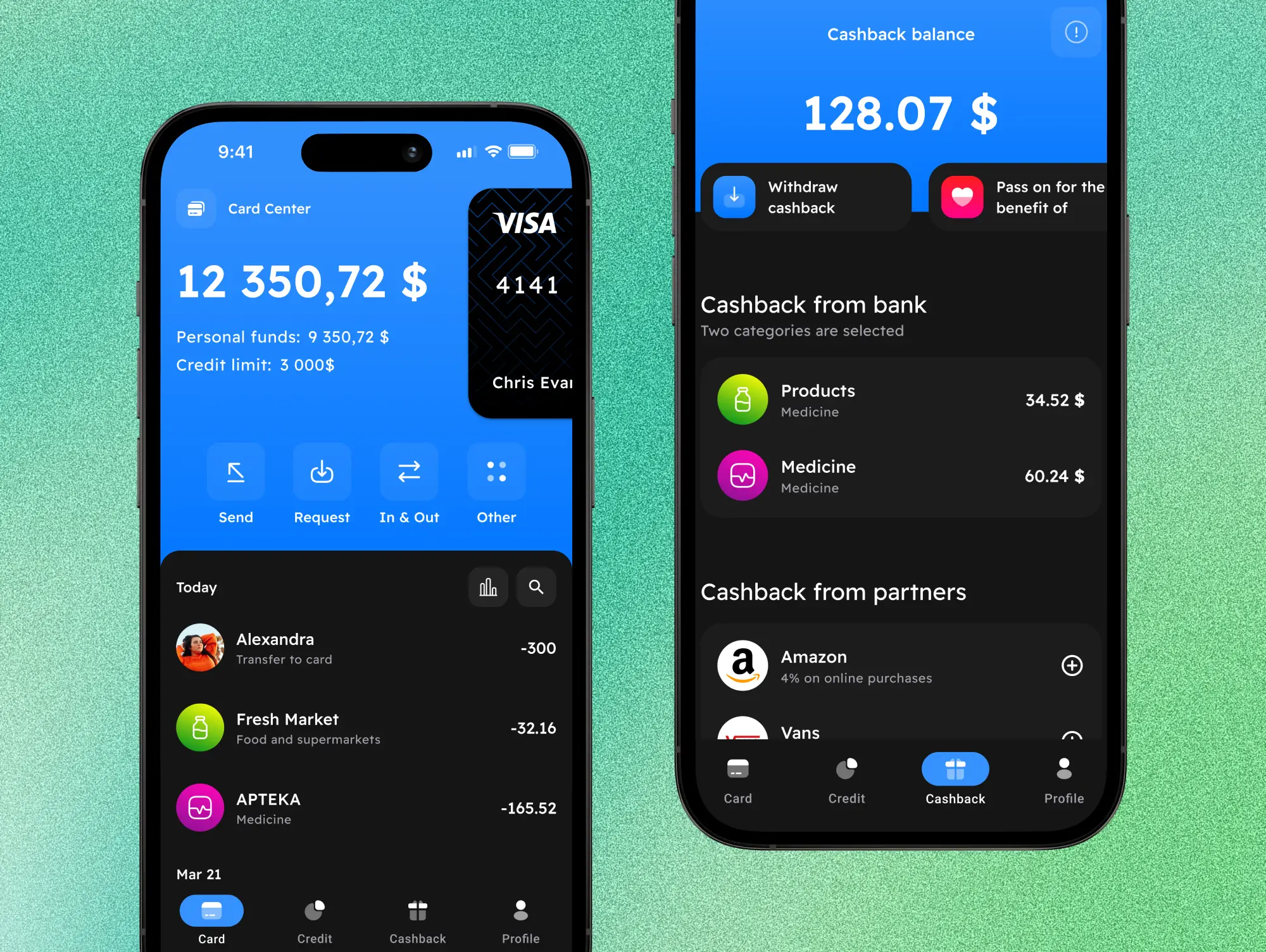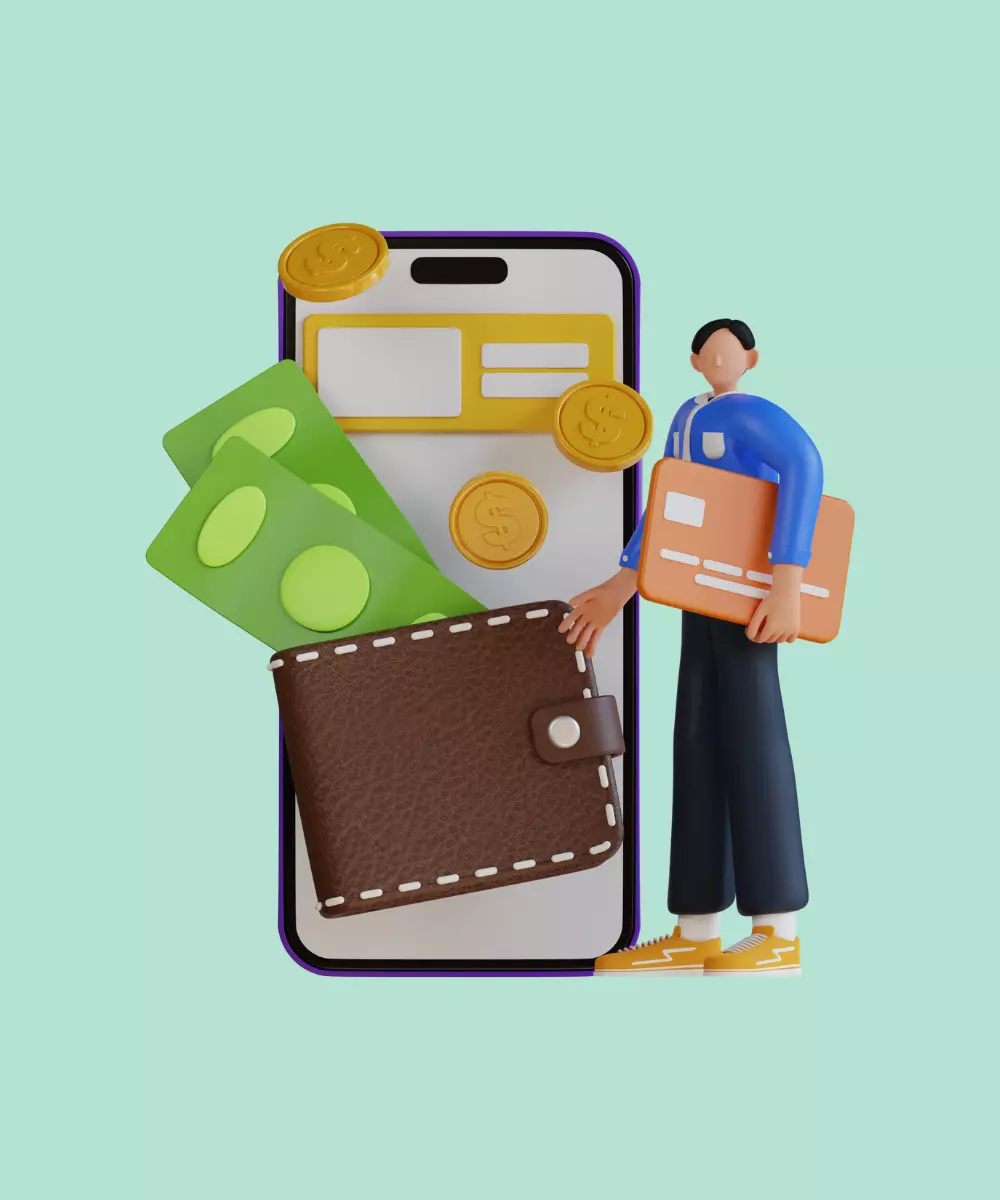The year 2024 marks a zenith in the digital transformation journey, particularly within the financial sector. As we navigate this year, we’re witnessing the omnipresence of finance apps, solidifying their stature in the tech landscape. But what's driving this meteoric rise, and why are finance apps becoming the linchpin of modern monetary management? This article provides a panoramic view of the market landscape and underscores the pivotal role of finance apps.
Introduction
Finance apps market overview
The digital finance market, fueled by the amalgamation of cutting-edge technology and ever-evolving user needs, has experienced unparalleled growth. According to a recent report by Statista, the finance app sector is slated to witness a staggering growth rate, reaching a valuation of over $X billion by the end of the year.
Several trends underpin this growth:
- Global financial inclusivity: With smartphones becoming more affordable, a broader swath of the global population now has access to finance apps. This democratization ensures that even those without traditional banking access can participate in the financial ecosystem.
- Fintech innovations: From AI-driven investment advice to blockchain-backed security, innovations in financial technology are continually raising the bar, offering users unprecedented tools and services.
- The rise of the 'digital-first' mindset: The COVID-19 pandemic, despite its myriad challenges, accelerated the shift towards digital solutions. People are now more inclined than ever to manage their finances remotely, prioritizing safety, convenience, and efficiency.
Importance of finance apps in 2024
As we saunter deeper into 2024, it’s evident that finance apps aren't just another tech fad; they're a necessity. Here's why:
- Empowering users: Modern finance apps are designed with empowerment in mind. Whether it's real-time expense tracking, automated savings, or personalized investment advice, users are equipped with tools that foster financial literacy and independence.
- Integrated financial ecosystem: With a single app, users can now manage multiple financial facets – from daily expenditures to long-term investments. This integrated approach reduces friction and streamlines financial management.
- Safety and security: With the increasing threats of cyber-attacks and fraud, finance apps in 2024 prioritize robust security measures, ensuring users' data and money remain safeguarded.
Types of Finance Apps
In the bustling realm of digital finance, apps have emerged to cater to a plethora of needs, ranging from personal expense tracking to intricate investment management. By 2024, as financial technology continues its rapid evolution, we've witnessed the rise and refinement of several distinct types of finance apps. Let's navigate through the most prominent categories:
Personal finance management apps:
These apps are tailored for individuals aiming to keep a tab on their daily expenses, set budgets, and monitor their savings.
- Key features: Real-time expense tracking, budget setting, monthly financial summaries, and savings goals.
- Popular examples: Mint, PocketGuard, and You Need A Budget (YNAB).
Investment and stock trading apps:
Targeted at both novice and seasoned investors, these apps provide a platform to buy and sell stocks, bonds, mutual funds, and other investment vehicles.
- Key features: Real-time stock tracking, portfolio management, research tools, and investment tutorials.
- Popular examples: Robinhood, E*TRADE, and Acorns.
Banking and digital wallet apps:
An extension of traditional banking, these apps offer users the capability to manage their bank accounts, transfer money, and make payments digitally.
- Key features: Funds transfer, digital payments, mobile check deposits, and account balance checks.
- Popular examples: Chase Mobile, Google Pay, and Apple Wallet.

Cryptocurrency and blockchain apps:
With the rise of digital currencies, these apps facilitate buying, selling, and managing a variety of cryptocurrencies.
- Key features: Cryptocurrency trading, wallet management, blockchain explorers, and crypto news updates.
- Popular examples: Coinbase, Blockchain Wallet, and Crypto.com.

Loan and credit management apps:
These apps assist users in acquiring loans, managing them, or even keeping track of their credit scores.
- Key features: Loan calculators, real-time loan tracking, credit score updates, and financial advice.
- Popular examples: Credit Karma, SoFi, and Rocket Loans.
Insurtech apps:
A blend of insurance and technology, these apps aim to simplify the insurance process, from buying policies to filing claims.
- Key features: Policy comparisons, digital claims filing, policy management, and instant quotes.
- Popular examples: Lemonade, PolicyBazaar, and Metromile.
General Features of a Finance App
The ascent of finance apps can largely be attributed to their comprehensive set of features, tailored to offer users an intuitive, secure, and insightful financial experience. While the specific features can vary based on the app's primary function (be it personal finance, trading, or banking), there are certain cornerstone features that have become ubiquitous by 2024. Let's dissect these integral components:
User-friendly interface:
The first point of contact between the app and the user, a sleek, intuitive interface ensures smooth navigation and enhances user experience.
- Benefits: Reduces learning curve, enhances user retention, and streamlines financial tasks.

Account integration:
Allows users to link various financial accounts, be it bank accounts, credit cards, or investment portfolios.
- Benefits: Offers a consolidated view of finances, aids in better financial planning, and ensures seamless transactions.
Real-time notifications:
Push notifications or alerts to keep users informed about their account activity, from transaction alerts to bill reminders.
- Benefits: Enhances financial security, ensures timely bill payments, and keeps users updated on investment opportunities.

Expense tracking and budgeting tools:
Tools that automatically categorize and track expenses, enabling users to set and adhere to budgets.
- Benefits: Promotes financial discipline, helps identify spending habits, and aids in achieving savings goals.
Security and encryption:
Incorporating advanced security measures like two-factor authentication, biometric access, and end-to-end encryption.
- Benefits: Safeguards user data, protects against fraudulent activities, and instills user trust.

Analytics and reports:
Provides visual insights into one's finances through graphs, pie charts, and detailed reports.
- Benefits: Facilitates better financial decisions, offers clarity on spending patterns, and highlights investment returns.
Investment tools:
For investment-centric apps, tools that offer market insights, portfolio recommendations, and real-time stock updates.
- Benefits: Empowers users to make informed investment choices, track market trends, and manage their portfolios efficiently.
Customer support and assistance:
Ensures users have access to support, be it through chatbots, FAQs, or direct customer service.
- Benefits: Resolves user queries, offers guidance on app functionalities, and fosters user trust.
Cost Estimation for Finance App Development in 2024

The cost of developing a finance app can vary dramatically based on the complexity of the features, design intricacy, backend needs, and more. Here's a breakdown based on three levels of app complexity:
1. Basic finance apps:
Entry-level apps focusing on essential financial management.
Estimated cost: $10,000 - $25,000
Key cost factors:
- Standard UI without custom graphics.
- Core functionalities like expense tracking.
- Minimal or no third-party integrations.
2. Medium complexity finance apps:
Apps that offer a broader range of financial features and tools, balancing between basic utilities and high-end offerings.
Estimated Cost: $25,000 - $70,000
Key Cost Factors:
- Customized UI/UX with dynamic elements.
- Features such as investment tracking, real-time bank syncing, and loan calculators.
- Enhanced security measures and integrations with a few major external services.
3. Complex finance apps:
Robust finance platforms designed for comprehensive financial management and insights.
Estimated cost: $70,000 - $200,000+
Key cost factors:
- Premium UI/UX design with animations and high-end visuals.
- Advanced features: AI-driven insights, multi-account integration, global currency tracking, and predictive analytics.
- Complex backend architecture, multiple API integrations, and state-of-the-art security protocols.
Our Experience in Finance App Development
When it comes to real-world application, theory alone isn’t enough. Experience matters. At What the Flutter, we don’t just talk the talk; we walk the walk.
One of our recent cases: Bank

In the world of online banking, some needs get missed. We made a banking app just for digital workers and freelancers. However, due to an NDA, we can't share all the details about it.
Bank was conceptualized as more than just a banking app. It’s a financial companion for those who don’t fit the traditional mold. With features ranging from multi-currency accounts, real-time transaction updates, to integrative invoicing solutions, Bank is equipped to handle the dynamic and sometimes unpredictable financial landscape that freelancers and digital nomads navigate.
Leveraging Flutter's capabilities, we ensured that the app was not only functional but also intuitive and user-friendly. The seamless integration of back-end services with a fluid front-end experience made Bank stand out, leading to significant user adoption within months of its launch.
Conclusion
The rapidly evolving world of finance app development offers immense potential. From basic budgeting tools to advanced AI-driven insights, the opportunities are broad. In this dynamic market, the balance between user-centric features and the app's technical complexity is crucial.
Flutter has emerged as a pivotal tool in this domain, streamlining frontend development and ensuring engaging user experiences. As we chart the future of financial apps, harnessing the right technologies is imperative.
At What the Flutter, we pride ourselves on crafting standout Flutter-based finance applications. Leveraging the latest in financial technology, we're here to ensure your vision stands tall amidst the competition. Ready to embark on this transformative journey? Connect with us and let's make financial tech history.














